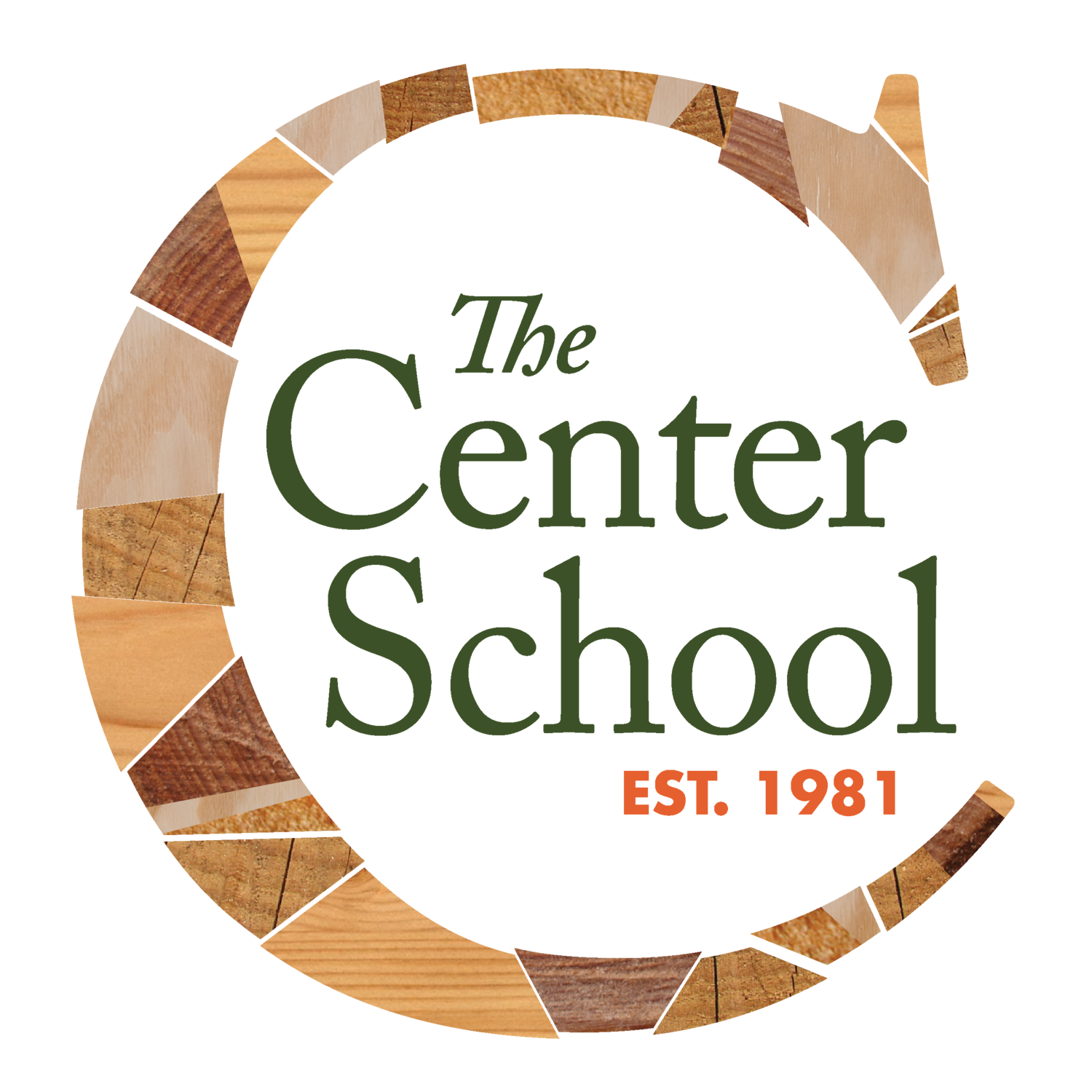Rich learning experiences through free play (in the Adventure Primes)
Free play is incredibly important for child growth and development. When we say that play is how children learn, we don't mean it to be cute or philosophical-- we recognize that this is scientifically true. Play is the engine that drives social, emotional, physical, and cognitive development in children. Protecting the child's right to play is a core value not only of the Primes early childhood classrooms, but is instilled in the mission of the Center School. In Adventure Primes, we prioritize long, uninterrupted periods of play, which allow children time to settle in and sustain deep and complex play experiences.
There are a variety of different lenses that teachers use when we are observing and reflecting on the children's play. Each perspective can help us filter what we are seeing and provides a different layer of information to inform our decisions and responses to the children's needs. One such lens is the theory of play schemas.
A schema is a mental model created through a process of trial and error. Schema play refers to patterns of repeated behaviors that help children solidify their fundamental understanding of the world. Play schemas have to do with action, and help children create mental models of movement in three-dimensional space. Some common schemas include transporting (moving objects from one place to another), positioning (lining up and arranging objects in specific ways), trajectory (throwing or dropping objects), and connection (putting objects together and taking them apart). Engaging in schematic play is a natural developmental urge that builds pathways in a child's brain. All children engage in schematic play, beginning from about 6 months old, and it is an important part of their cognitive development.
In the Adventure Primes class we are seeing many examples of two closely related play schema: enclosing and enveloping. Children experimenting with the enclosing schema use materials to create perimeters or barriers around other objects. This can look like making fences to contain farm animals or swaddling baby dolls in blankets. As the children get older and gain more experience with this schema, more complex structures begin to appear. The enclosing schema involves thinking critically about how objects interact with boundaries. How many of x material will I need to create a wall around this structure? How much can I fit inside a block wall that is x big? What size fabric is needed to wrap around this doll's body? When exploring the enveloping schema, children add tops or bottoms to their creations or wrap items until they are completely out of sight. Fort building and playing hide and seek are also common activities that fall under the umbrella of this schema.
Through close observation we see evidence of the children learning through trial and error. A fence for a certain number of animals needs to be expanded to add a new family of horses. Attempting to pull a car into a garage structure that is too small will cause the garage to collapse. A train car or tractor bed made out of magna tiles stacked one level high is large enough to fit a toy pig or foal. However, at least two levels of magnetic tiles are needed to fit a tall horse inside that same train.
One morning a few students created a forest of triangular pyramids. They decided that they wanted to add electric tea lights to the trees in their forest, but the bottom of the tea lights were larger than the small triangle magnetic tiles that made up the base of their pyramids. After several unsuccessful attempts to close the sides of a pyramid around the tea light, the pair of children realized that they could still create a pyramid shape, even if they switched to a square base. These new pyramids were slightly wider at the bottom, and able to accommodate a tealight inside.
Sometimes children will articulate these breakthroughs in understanding. Over several weeks we noticed children attempting to create garages for a variety of vehicles created out of magnetic tiles. Children often built their garage or house structure first, but later discovered that their vehicles were too large to fit inside. One morning a student proudly called a teacher over to show the garage he had constructed to contain a tractor made out of magnetic tiles. "You know how I made sure it [the garage] was big enough?" After a dramatic pause he explained, "I built it around the tractor!" and pulled his vehicle in and out of the structure to demonstrate his success.
Through the enclosing and enveloping schemas children are activating cognitive skills such as spatial awareness and working memory. This understanding of objects and their relation in space is an essential foundation for mathematical thinking. Building and re-building intricate structures requires a tolerance for frustration and helps develop fine motor control and coordination. Children also learn from each other and develop language skills as they communicate about their ideas. A successful technique used by one student is quickly adopted by peers hoping to achieve similar goals or create similar structures.
What may look to an outsider as "just play" is actually a richly complex learning experience.



